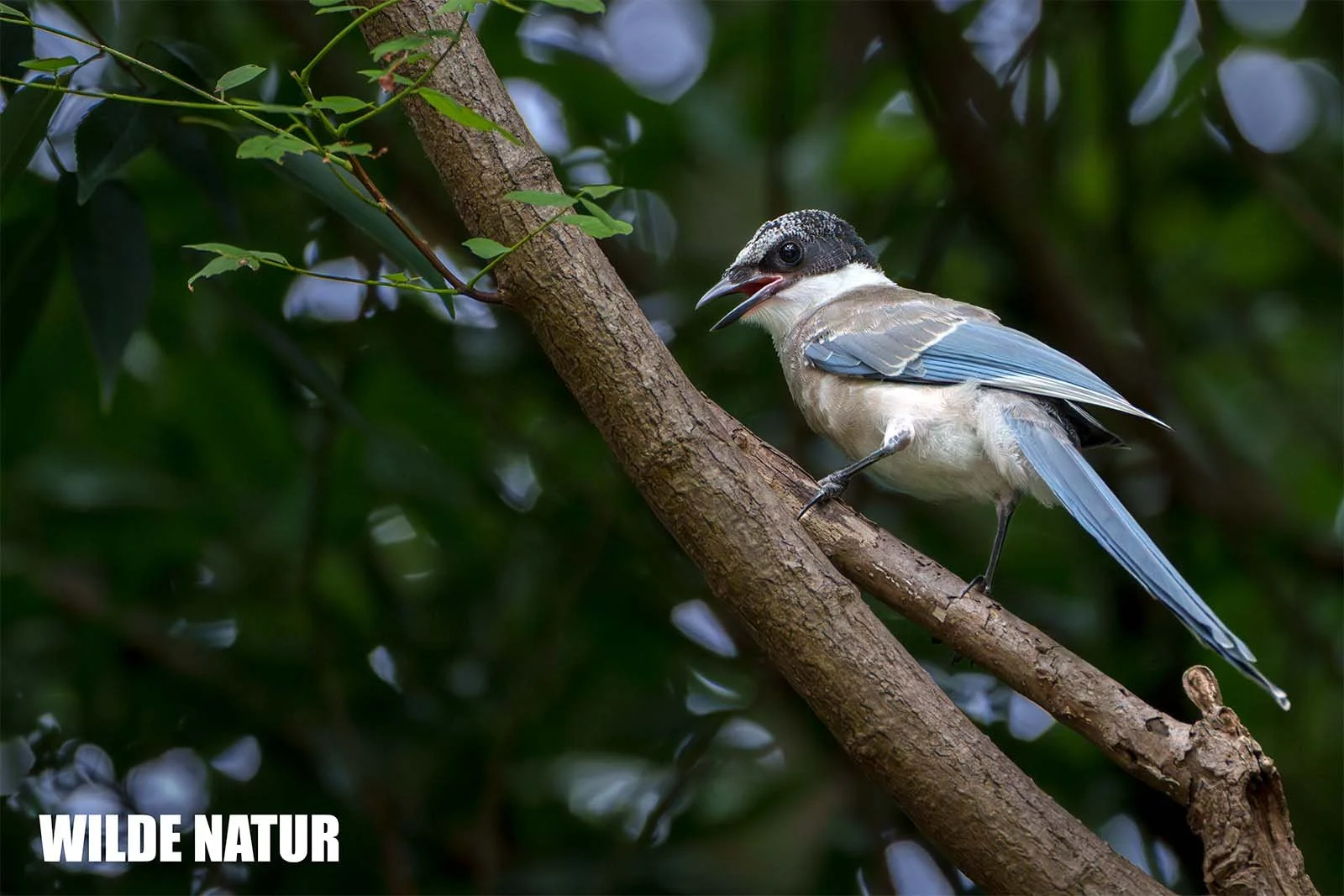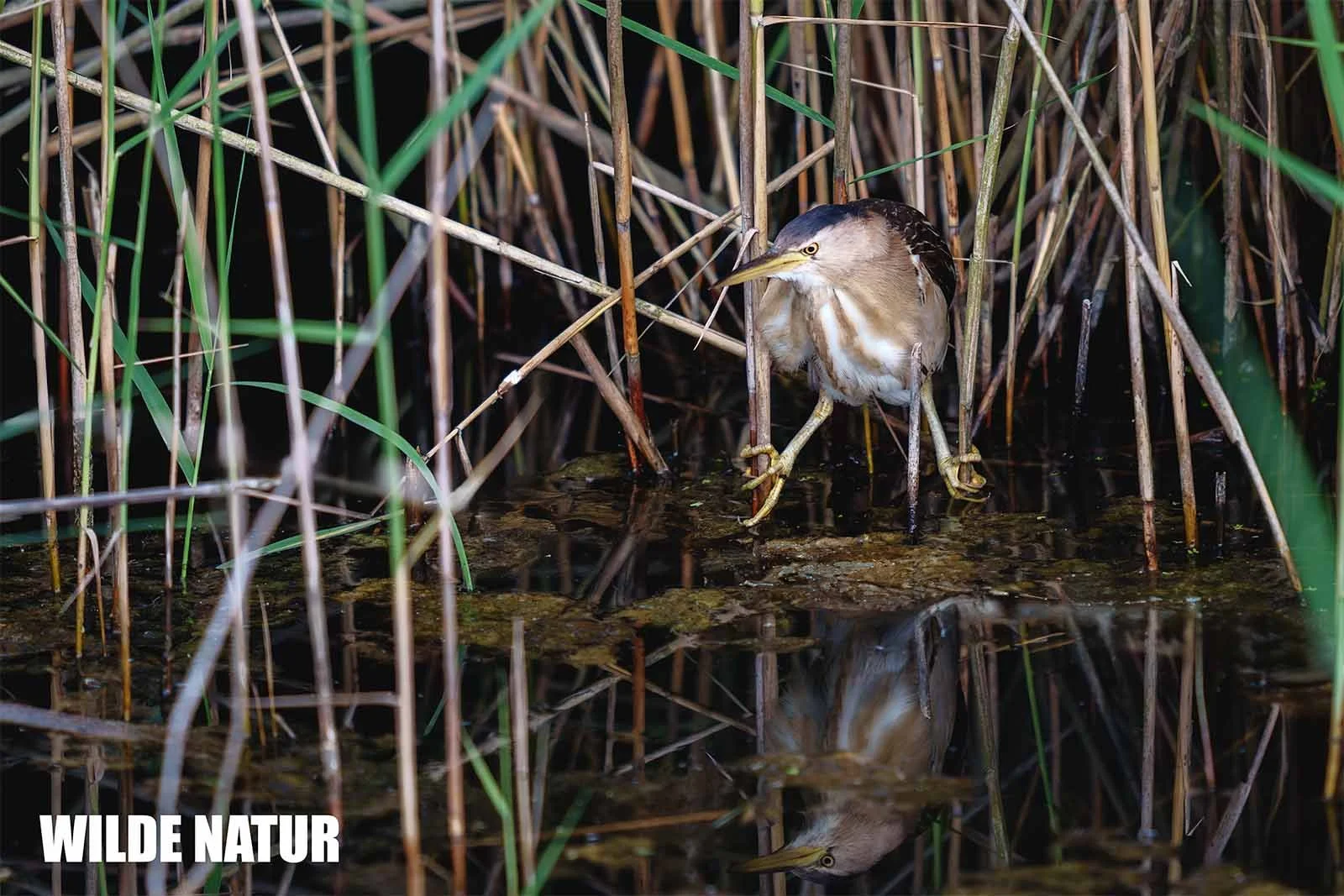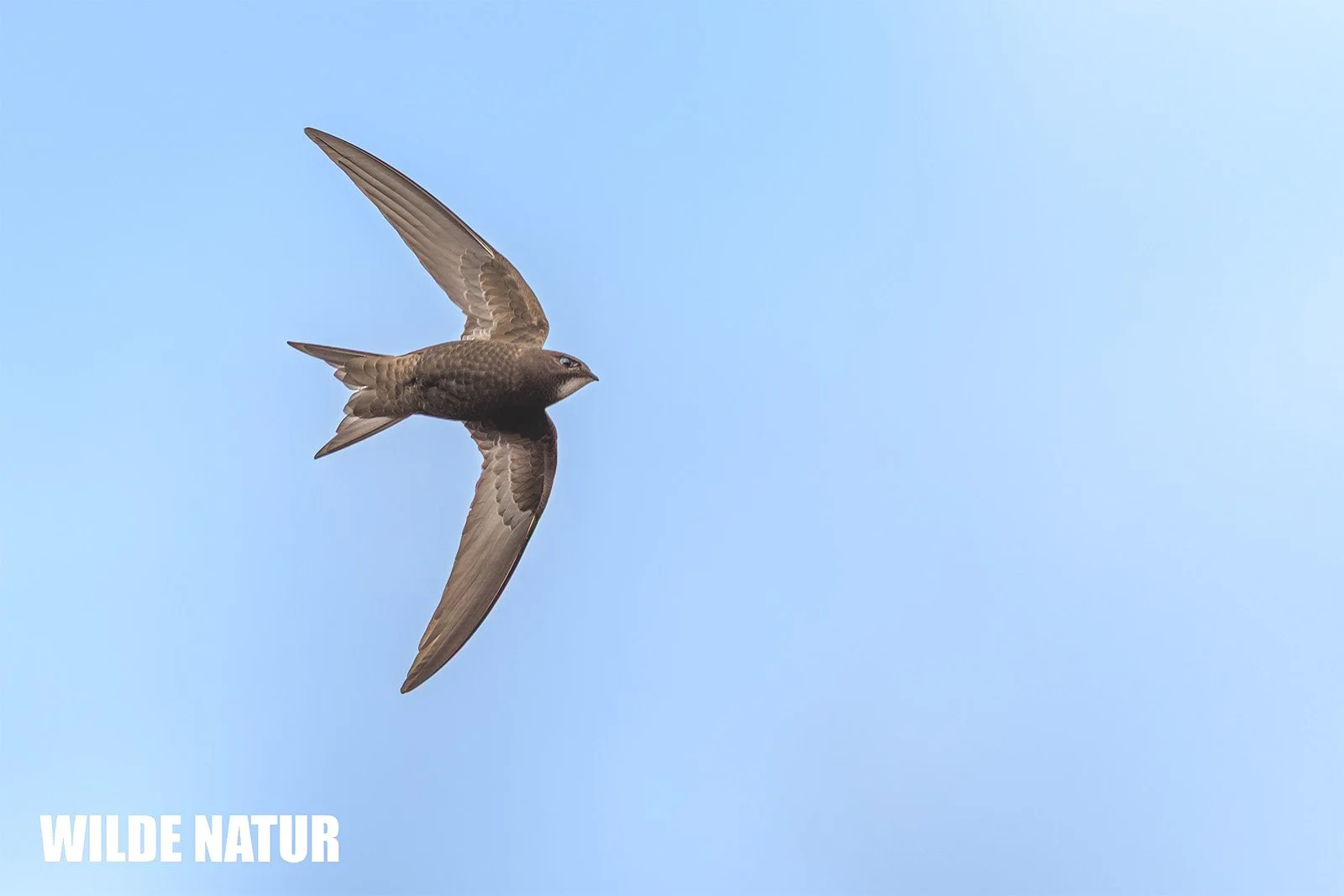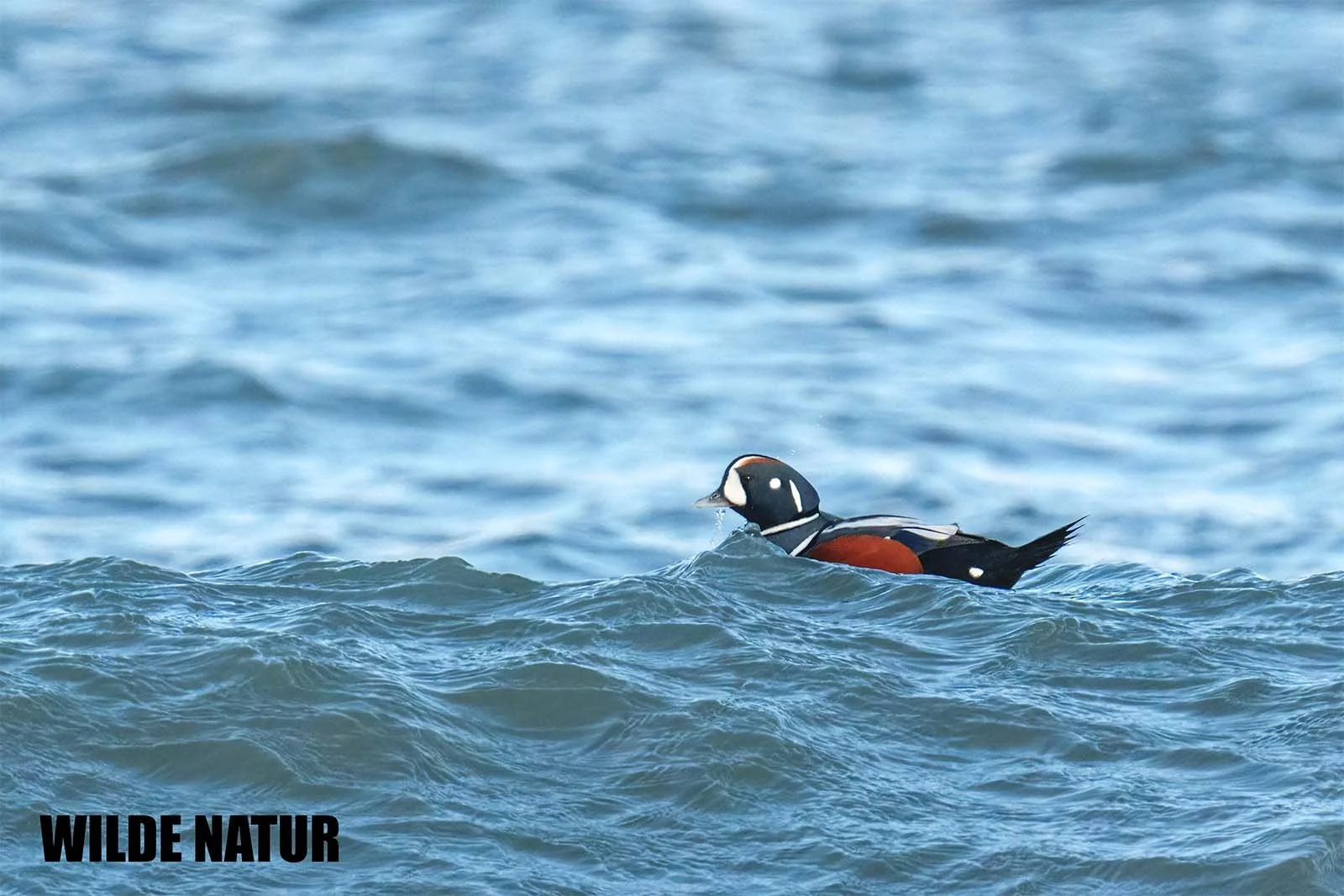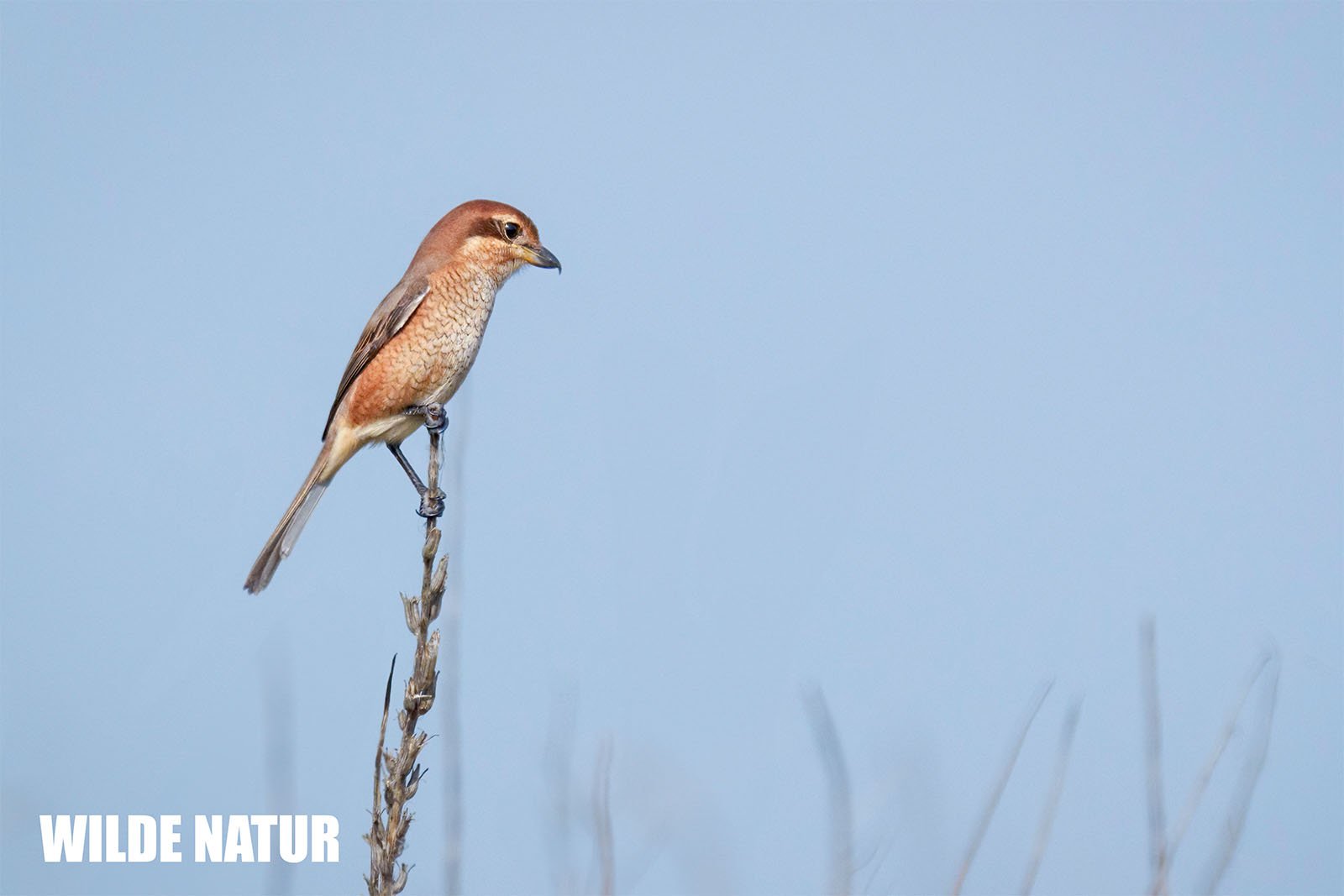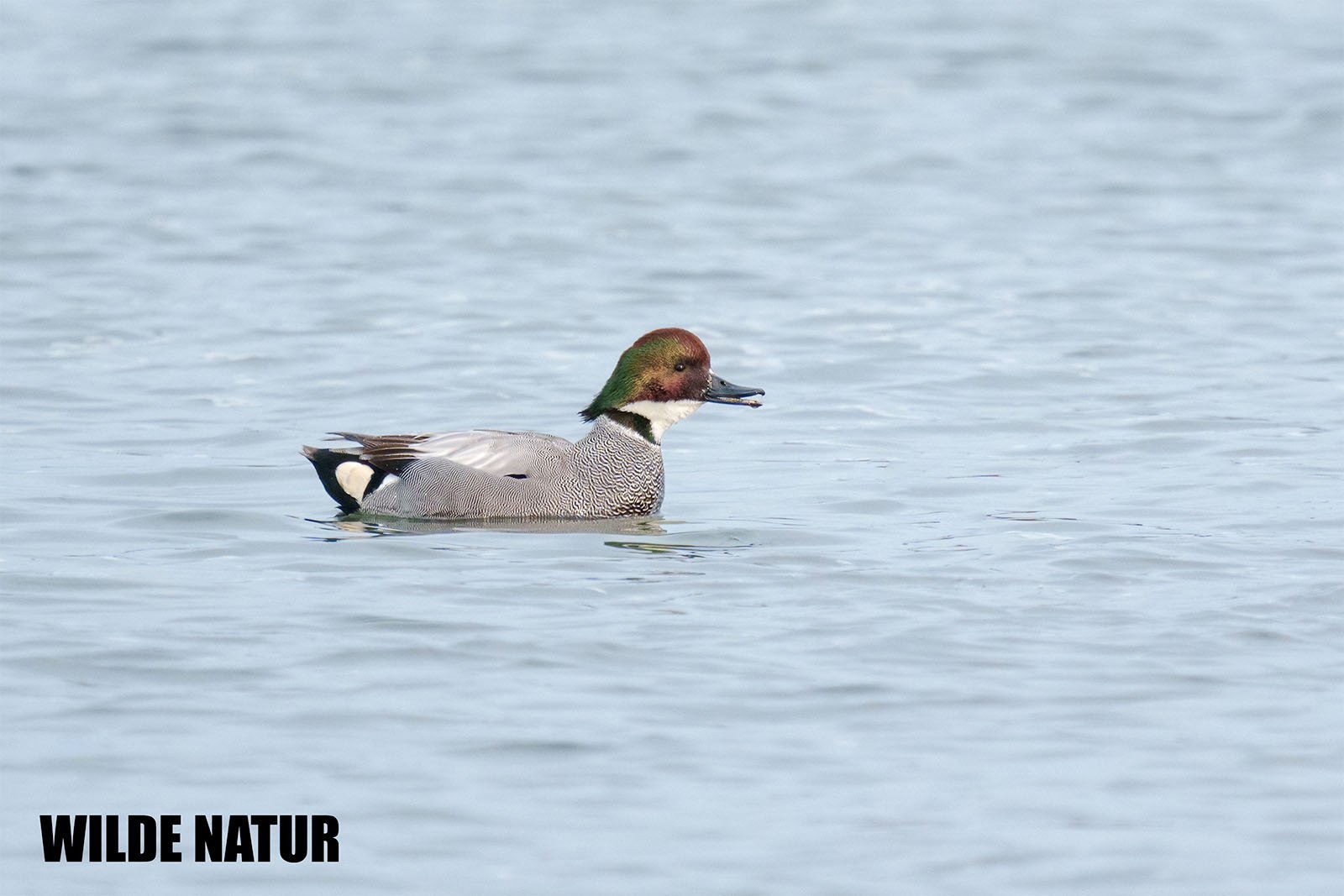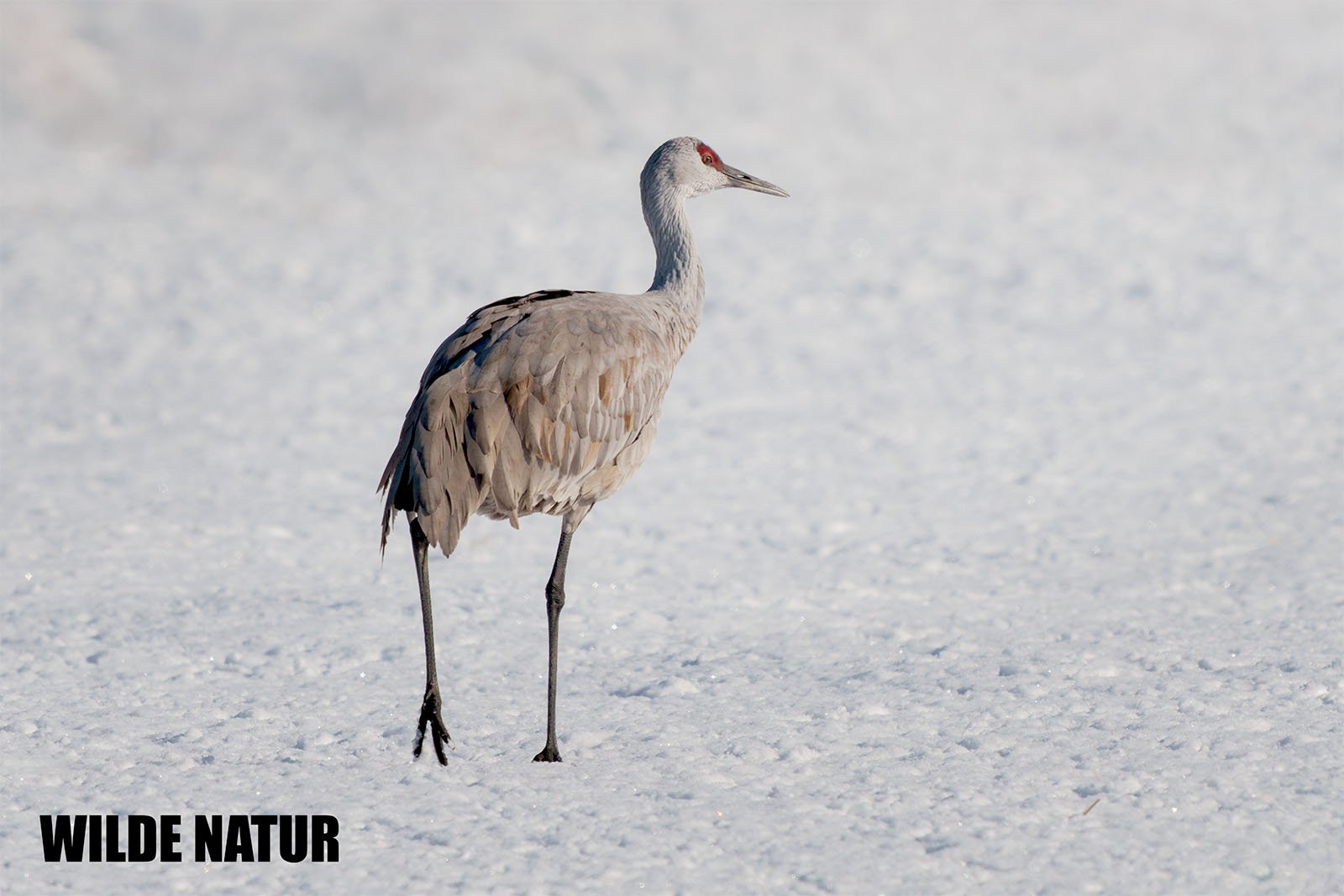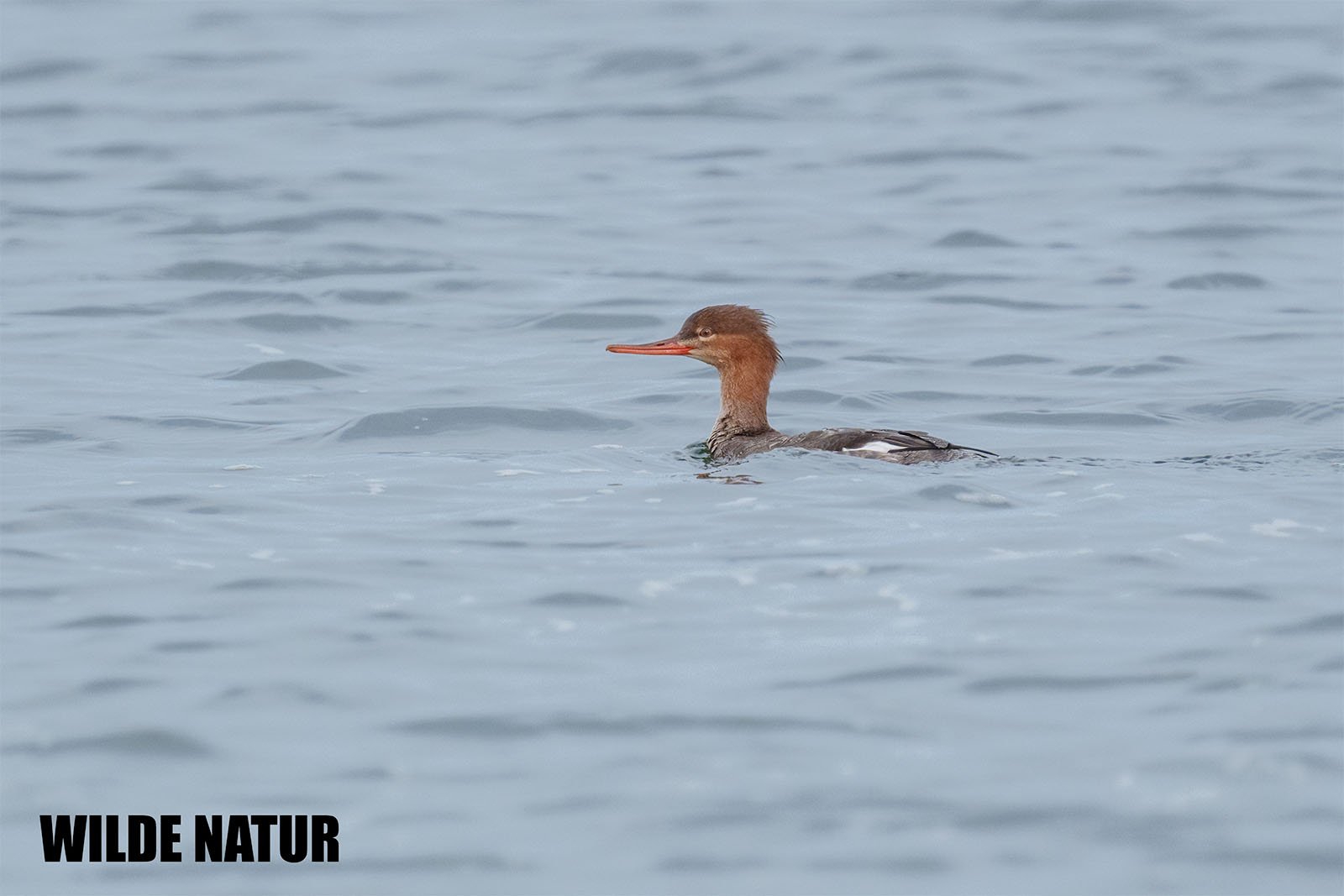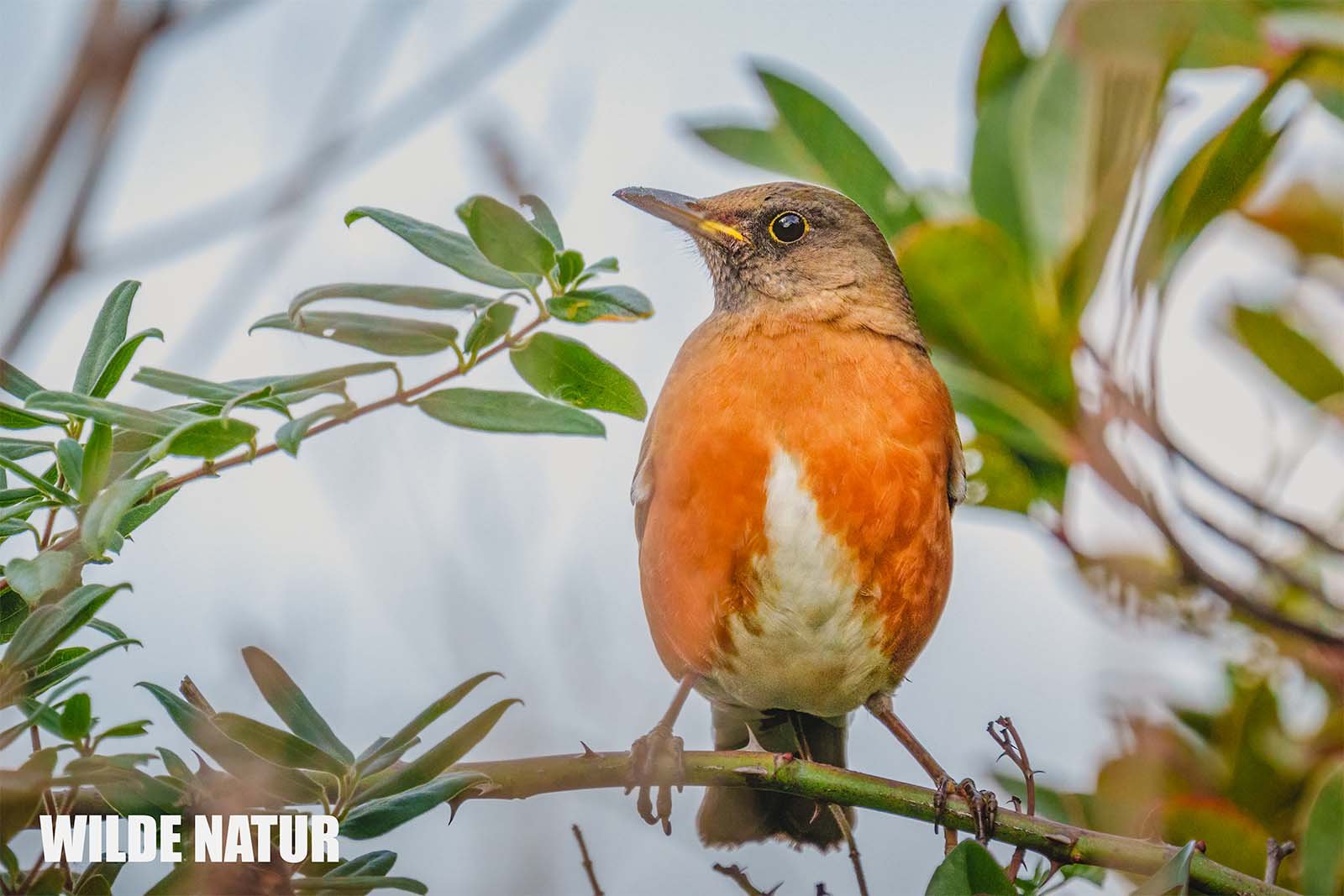Black-necked Grebe (Podiceps nigricollis) Japan
Black-necked grebe (Podiceps nigricollis) non-breeding in Boso / Japan.
Black-necked Grebe – A Jewel of the Winter Waters
The Black-necked Grebe (Podiceps nigricollis) is a striking winter visitor to Japan. With its ruby-red eyes and golden head tufts, it is a small but elegant diving bird.
Shortlist
Compact diving bird with striking red eyes
Golden ear tufts in breeding plumage
Silent and efficient underwater hunter
Winter visitor in Japan
Globally stable population, locally sensitive to disturbance
Scientific Name: Podiceps nigricollis
German Name: Schwarzhalstaucher
English Name: Black-necked Grebe
Size: 28–34 cm
Weight: 250–450 g
Color (breeding): Black with chestnut flanks, golden head tufts
Color (non-breeding): Dark grey back, white underside
Eyes: Bright red
Bill: Short, straight, black
Diet: Aquatic insects, small fish, crustaceans
Breeding: Not in Japan – nests in Mongolia, Russia, etc.
Season: October to April (winter visitor)
Habitat: Quiet lakes, lagoons, sheltered coastal waters
Migration: Long-distance migrant
Conservation Status: Not threatened, but disturbance-sensitive
Table of Contents
- Introduction
- Appearance – From Jewel to Camouflage
- Habitat – Still Waters for Silent Divers
- Diet – Precision Underwater Hunter
- Breeding – Floating Nests in the North
- Migration – Traveller Between Worlds
- Conservation and Occurrence
- Observation Tips in Japan
- FAQ – Top 5 Questions
Introduction
The Black-necked Grebe is a master of discretion. Small, round, and silent, it glides through Japan’s winter waters like a living shadow. But catch it in spring plumage, and it’s a marvel: jet black feathers, ruby-red eyes, and golden tufts that shimmer like sunlight.
Appearance – From Jewel to Camouflage
This grebe wears two very different outfits depending on the season.
Breeding Plumage (Spring/Summer):
- Head, neck, and back deep black
- Golden, fan-like feather tufts behind the eyes
- Chestnut flanks, white belly
- Bright red eyes
- Short, straight, black bill
Non-breeding Plumage (Autumn/Winter):
- Grey back, white belly
- Blackish face, no tufts
- Red eyes remain but are less striking
One moment a royal showpiece, the next a master of disguise.
Habitat – Still Waters for Silent Divers
In Japan, the Black-necked Grebe is a winter visitor and migrant.
Preferred habitats:
- Quiet lakes and ponds
- Lagoons and slow-moving rivers
- Sheltered coastal waters
- Needs: clean, nutrient-rich water with good visibility
It avoids crowded or disturbed areas, seeking tranquil places to dive.
Diet – Precision Underwater Hunter
A true diver, the Black-necked Grebe hunts silently below the surface.
Main diet:
- Aquatic insects and larvae
- Small fish
- Tiny crustaceans
Hunting technique:
- Rapid, short dives using strong leg strokes
- Often seen diving in small groups
- Rarely rests at the surface – it’s almost always on the move underwater
Breeding – Floating Nests in the North
The Black-necked Grebe does not breed in Japan.
Breeding areas include:
- Russia
- Mongolia
- Parts of Europe and North America
Breeding behaviour:
- Nest: floating platform of vegetation in thick reeds
- 3–5 eggs per clutch
- Both parents care for the chicks
- Young ride on the backs of their parents after hatching
Migration – Traveller Between Worlds
A long-distance migrant, the Black-necked Grebe arrives in Japan twice a year:
- Autumn passage: October–November
- Spring return: March–April
- Winter stay: until March on inland waters
Its migration route links northern Eurasia to temperate regions like Japan.
Conservation and Occurrence
In Japan:
- Not endangered, but locally uncommon
- Sensitive to water pollution and human disturbance
Globally:
- Stable populations
- Threats include habitat degradation, water pollution, and tourism pressure
Observation Tips in Japan
You’ll find the Black-necked Grebe in:
- Urban ponds in parks (e.g. Kyūshū, Kansai)
- Coastal lagoons
- Quiet reservoirs
Look for a small, round bird with frequent dives and unmistakable red eyes.
FAQ – Top 5 Questions
1. When is the best time to see the Black-necked Grebe in Japan?
From October to April, especially mid-winter.
2. Where can I find it?
In calm, nutrient-rich waters – lakes, ponds, and coastal lagoons.
3. What does it eat?
Mainly aquatic insects, small fish, and crustaceans.
4. Why does it change appearance?
Its breeding plumage is for display; winter plumage helps it stay camouflaged.
5. Is the species at risk?
Not globally, but it is sensitive to disturbances and habitat loss.



